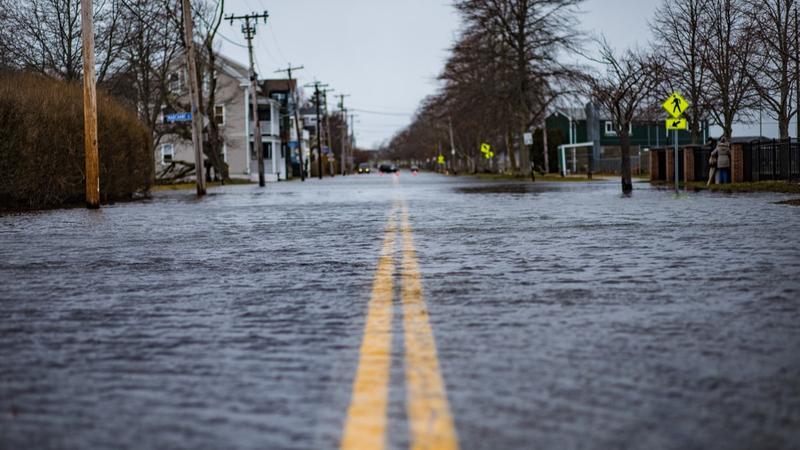Is your home ready to weather a summer storm? Not just your everyday drive-by shower, but the type of storm that causes Environment Canada to issue a severe thunderstorm or weather warning?
These summer storms — with their high winds and hail, and heavy rain — can cause considerable damage to a house. However, there are precautions you can take to minimize the chances of finding yourself ankle deep in water. These precautions can keep you from relying too much on your home insurance for help to dry out.
Tips to prevent water damage to your home before the rains
Here are some recommendations compiled by the Insurance Bureau of Canada (IBC), the Government of Canada, and the University of Waterloo’s Flood Smart Canada project to help your home stay dry when storms hit:
- Avoid pouring fats, oils, or grease down your drain. They can stick to the pipes and eventually cause a blockage.
- Regularly clean your eavestroughs and downspouts of leaves and debris to ensure the water drains off the roof freely.
- Disconnect your downspouts if they drain directly into your municipality’s storm system. Nowadays, most municipalities require this as it overloads the storm system, increasing the odds of a sewer back-up into the home.
- Ensure that your downspouts extend at least two metres from your home’s foundation and that the water drains away from the house.
- The ground around your home’s foundation may settle over time. If water runs towards your house, rather than away from it, you may want to address the grading of your lot to ensure there’s a slope away from the foundation.
- Landscape your yard and gardens with plants and vegetation that will minimize soil erosion.
- Use a rain barrel to catch runoff.
- Repair foundation cracks when you spot them and reseal any windows and doors in your home that are showing signs of age.
- Repair or replace your roof if shingles are deteriorating or missing.
- Use water-resistant materials for any basement renovations. A renovation is also the ideal time to elevate and secure large appliances, like your furnace, hot water tank, and laundry machine so that they’re not sitting on the basement floor.
- Keep your basement floor drains clear of obstructions.
- Consider installing shelves in the basement to keep items off the floor. Also, avoid keeping valuables and important documents in the basement. They should be stored upstairs, where they are less likely to be damaged.
- Install covers that protect basement window wells from accumulating water.
- Test your sump pump several times a year to ensure it is working. If you don’t already have one, get a battery-powered back-up in case of a power outage.
- Put in a backwater valve, or backflow valve, to prevent a sewer back-up. This valve could be your last line of defence against an overwhelmed system that’s trying to flow water (often sewage) back into your basement.
- Keep storm drains near your home clear of leaves and debris.
- During heavy rainfalls, minimize your home water use.
When the water rises, will you be covered?
A recent IBC survey found that one in three (or nearly 33%) Canadian homeowners believe their standard home insurance policy includes flood protection. The fact is, it doesn’t.
Generally, there are only two types of weather-related flooding coverages in Canada and they’re both optional endorsements:
- Overland flooding. This type of coverage has only been available since 2015. It provides financial relief from water damage from a body of water that overflows its normal boundaries. It may also provide protection from surface water resulting from heavy rainfall. Coverage specifics will vary by insurance provider.
- Sewer back-up. This coverage is an optional add-on to your home insurance policy, and protects you from the costs of extensive damage if there is a sewer back-up into your home.
If you’re unsure of your coverage, give your insurance provider a call and have them go through your policy thoroughly so you know how you’re covered when it comes to water damage. Don’t forget to ask about what is excluded. For example, it’s unlikely water damage caused by a leak in your window well would be covered if the leak could have been avoided with regular maintenance and upkeep.
These are the types of details you’ll want to know in advance, especially given the increasing frequency and severity of storms in Canada.
Don’t let extreme weather drive up your insurance costs
Although you can’t control the weather, you can shop your home insurance rate to see if you could be spending less on the coverage you need.
